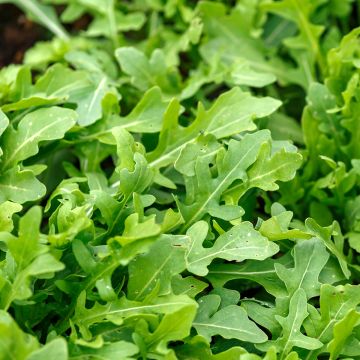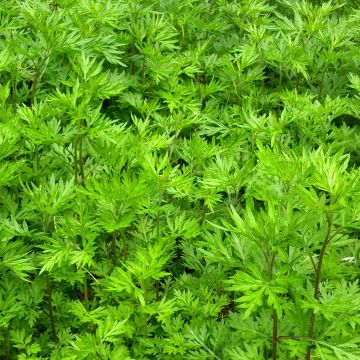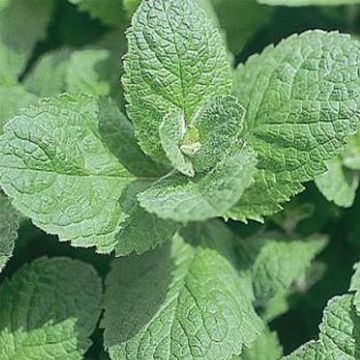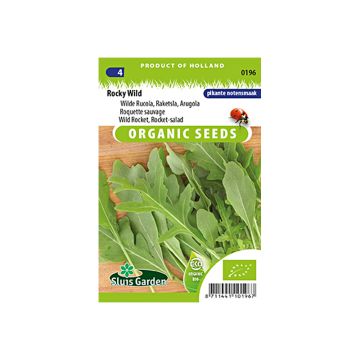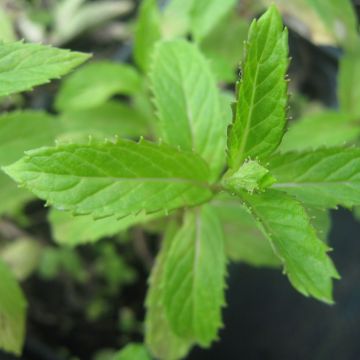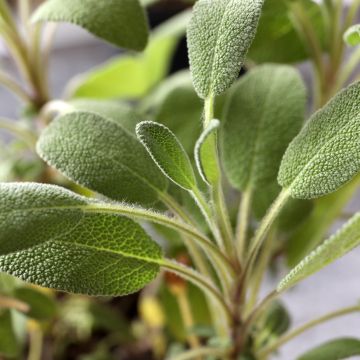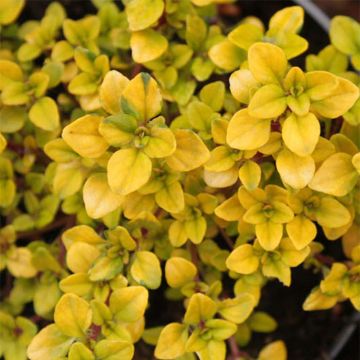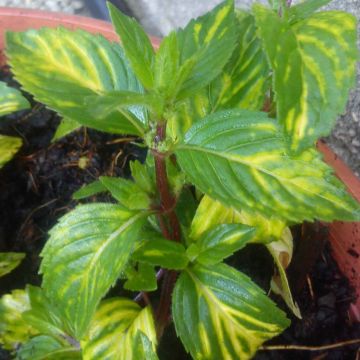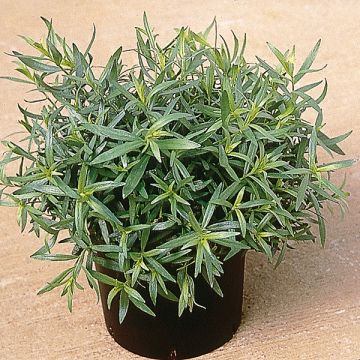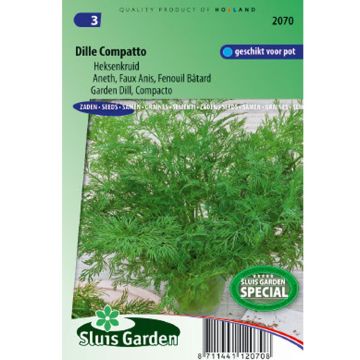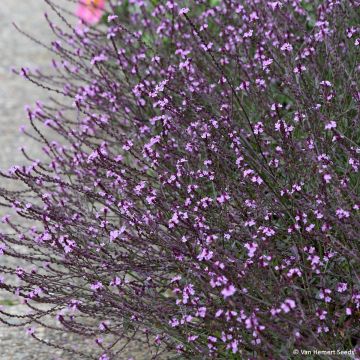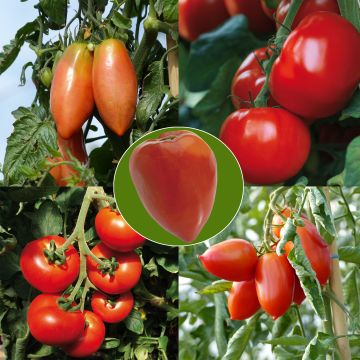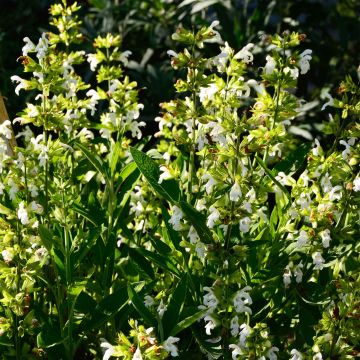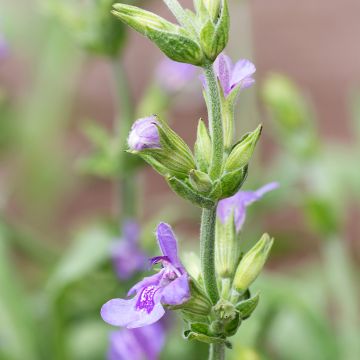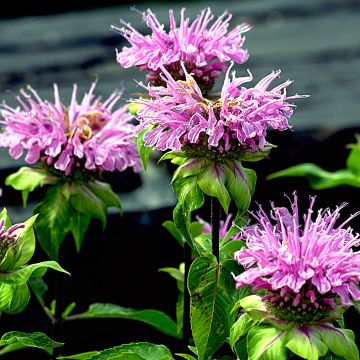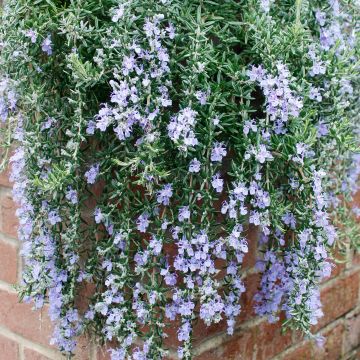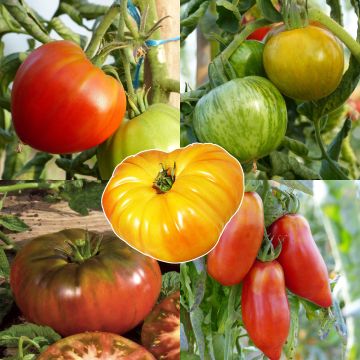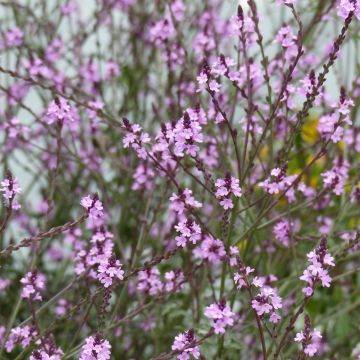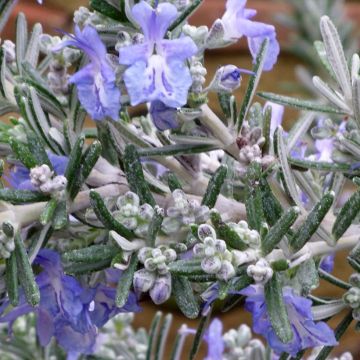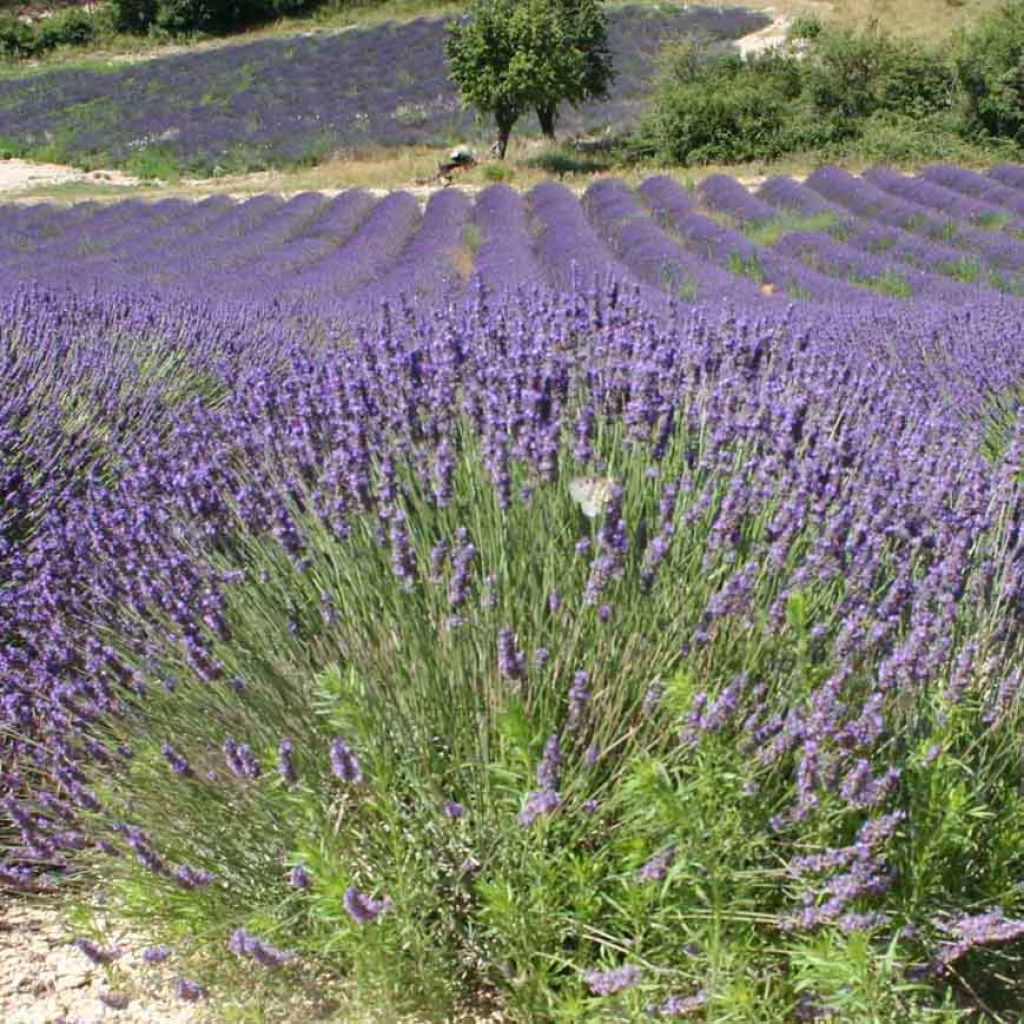

Lavandula officinalis
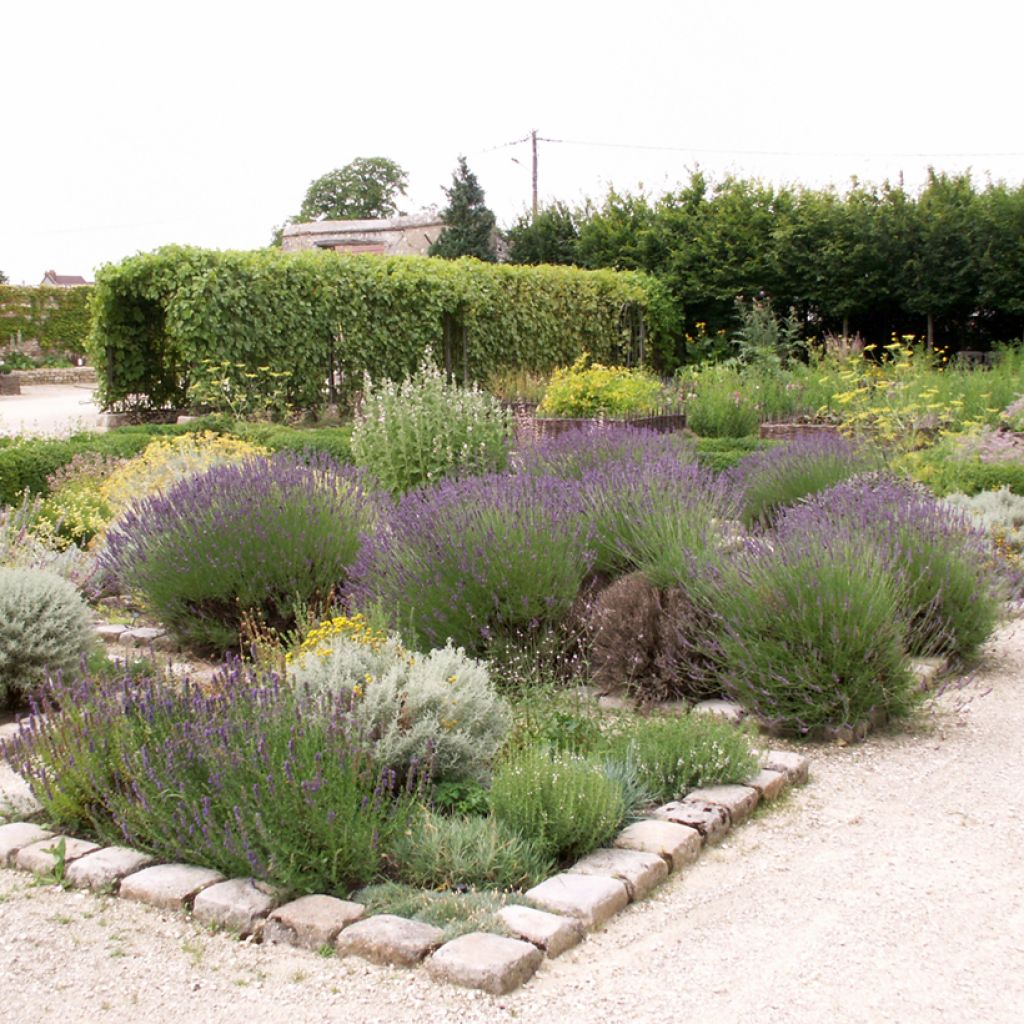

Lavandula officinalis
Lavandula officinalis
Lavandula officinalis
Common Lavender, English Lavender
Lovely lavender, a joy to look at and smell.
Nath44, 18/09/2024
This item cannot be shipped to the selected country
Delivery charge from €5.90
Delivery to Corse prohibited
More information
Schedule delivery date,
and select date in basket
This plant carries a 6 months recovery warranty
More information
We guarantee the quality of our plants for a full growing cycle, and will replace at our expense any plant that fails to recover under normal climatic and planting conditions.
From €5.90 for pickup delivery and €6.90 for home delivery
Express home delivery from €8.90.
Delivery to Corse prohibited: UE law prohibits the import of this plant from mainland France to Corse as part of the fight against Xylella fastidiosa. Please accept our sincere apologies.
More information
Description
The common lavender is a typical perennial shrub, famous for its fragrant flowers and aromatic foliage. This variety is hardy and can be planted in the ground or in a pot. English Lavender is both ornamental, aromatic and medicinal. Plant it in spring (or autumn for mild climates) and harvest in summer.
It naturally grows in Mediterranean regions, in rocky and sunny places. It is a low shrub, reaching a height of 60 cm (24in) and a width of 40 cm (16in). The highly fragrant violet flower spikes appear from June to August. Its linear leaves are evergreen, with a green-grey color and silver reflections.
Easy to grow, the common lavender can be planted in the ground or in a pot. In ornamental gardens, its fragrant and decorative flowers will blend perfectly into flower beds. Placed in the vegetable garden, this melliferous plant will attract pollinating insects. Bees will enjoy foraging its flowers and will produce a very tasty light honey. Cultivated in pots, it will embellish patios and balconies. The common lavender is hardy, tolerating temperatures down to -20°C (-4°F).
Dried flowers pleasantly scent linen or potpourri. The use of lavender in cooking is less known but equally interesting. The leaves add flavour to white meats, game or marinades. The flowers enhance or perfume salads, roasted meats, ice creams or custards. They should be used sparingly as their fragrance is strong.
Moreover, Lavender is renowned for its antiseptic, soothing and purifying properties.
Harvesting: Cut the flowers from June to September. If you want to dry them, pick the spikes that are not yet fully ripe, preferably in the morning. The leaves are harvested in May.
Preservation: The leaves can be dried in the shade and then stored in a container, protected from light and humidity. To dry the flowers, hang a bunch upside down in a dry and airy place.
The gardener's tip: Plant Lavender at the base of your rose bushes to keep aphids away!
Report an error about the product description
Lavandula officinalis in pictures
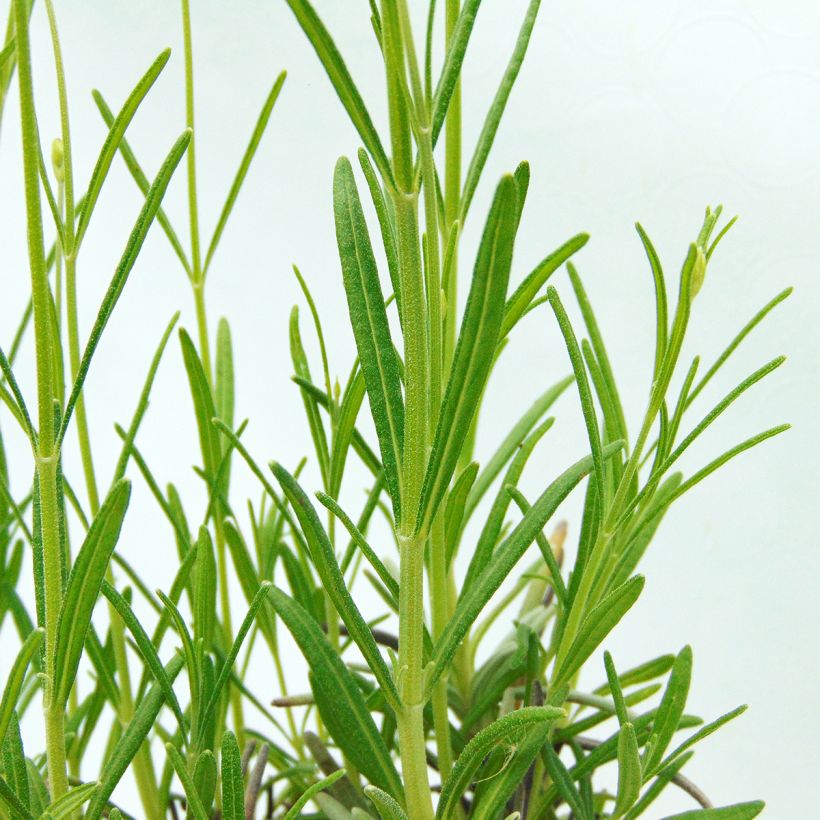



Harvest
Plant habit
Foliage
Other Herbs A to Z
Planting and care
Planting takes place in spring, after the last frost, or in autumn for mild climates. Choose a sunny position.
In the ground:
The common lavender thrives in light and well-drained soils, ideally stony with a sandy tendency. It tolerates limestone soils well. If necessary, add well-rotted compost at the time of planting. Add some sand to moist soils. If you plant multiple plants, space them 60 cm (24in) apart in all directions. Soak the root ball in water for 1/2 hour before planting. Dig a hole (3 times the volume of the root ball), place the root ball by untangling the roots if necessary, and cover with fine soil. Compact and lightly water.
In a pot: Soak the root ball in water for 1/2 hour before planting. Install a layer of gravel at the bottom of the pot to facilitate drainage. Fill the pot with a mixture of potting soil and sand. Place the root ball by untangling the roots if necessary, and cover with soil. Compact and lightly water.
Prune lightly after flowering. In regions with harsh winters, prune at the end of winter, in March, by cutting back the clump by one third, cutting above the woody part. Ensure to maintain the round shape of the lavender.
Water moderately in the first year, then only in case of drought as lavender is sensitive to excessive moisture.
Lavender can be propagated by dividing clumps in March.
Cultivation
Care
Intended location
-
, onOrder confirmed
Reply from on Promesse de fleurs
Herbs
Haven't found what you were looking for?
Hardiness is the lowest winter temperature a plant can endure without suffering serious damage or even dying. However, hardiness is affected by location (a sheltered area, such as a patio), protection (winter cover) and soil type (hardiness is improved by well-drained soil).

Photo Sharing Terms & Conditions
In order to encourage gardeners to interact and share their experiences, Promesse de fleurs offers various media enabling content to be uploaded onto its Site - in particular via the ‘Photo sharing’ module.
The User agrees to refrain from:
- Posting any content that is illegal, prejudicial, insulting, racist, inciteful to hatred, revisionist, contrary to public decency, that infringes on privacy or on the privacy rights of third parties, in particular the publicity rights of persons and goods, intellectual property rights, or the right to privacy.
- Submitting content on behalf of a third party;
- Impersonate the identity of a third party and/or publish any personal information about a third party;
In general, the User undertakes to refrain from any unethical behaviour.
All Content (in particular text, comments, files, images, photos, videos, creative works, etc.), which may be subject to property or intellectual property rights, image or other private rights, shall remain the property of the User, subject to the limited rights granted by the terms of the licence granted by Promesse de fleurs as stated below. Users are at liberty to publish or not to publish such Content on the Site, notably via the ‘Photo Sharing’ facility, and accept that this Content shall be made public and freely accessible, notably on the Internet.
Users further acknowledge, undertake to have ,and guarantee that they hold all necessary rights and permissions to publish such material on the Site, in particular with regard to the legislation in force pertaining to any privacy, property, intellectual property, image, or contractual rights, or rights of any other nature. By publishing such Content on the Site, Users acknowledge accepting full liability as publishers of the Content within the meaning of the law, and grant Promesse de fleurs, free of charge, an inclusive, worldwide licence for the said Content for the entire duration of its publication, including all reproduction, representation, up/downloading, displaying, performing, transmission, and storage rights.
Users also grant permission for their name to be linked to the Content and accept that this link may not always be made available.
By engaging in posting material, Users consent to their Content becoming automatically accessible on the Internet, in particular on other sites and/or blogs and/or web pages of the Promesse de fleurs site, including in particular social pages and the Promesse de fleurs catalogue.
Users may secure the removal of entrusted content free of charge by issuing a simple request via our contact form.
The flowering period indicated on our website applies to countries and regions located in USDA zone 8 (France, the United Kingdom, Ireland, the Netherlands, etc.)
It will vary according to where you live:
- In zones 9 to 10 (Italy, Spain, Greece, etc.), flowering will occur about 2 to 4 weeks earlier.
- In zones 6 to 7 (Germany, Poland, Slovenia, and lower mountainous regions), flowering will be delayed by 2 to 3 weeks.
- In zone 5 (Central Europe, Scandinavia), blooming will be delayed by 3 to 5 weeks.
In temperate climates, pruning of spring-flowering shrubs (forsythia, spireas, etc.) should be done just after flowering.
Pruning of summer-flowering shrubs (Indian Lilac, Perovskia, etc.) can be done in winter or spring.
In cold regions as well as with frost-sensitive plants, avoid pruning too early when severe frosts may still occur.
The planting period indicated on our website applies to countries and regions located in USDA zone 8 (France, United Kingdom, Ireland, Netherlands).
It will vary according to where you live:
- In Mediterranean zones (Marseille, Madrid, Milan, etc.), autumn and winter are the best planting periods.
- In continental zones (Strasbourg, Munich, Vienna, etc.), delay planting by 2 to 3 weeks in spring and bring it forward by 2 to 4 weeks in autumn.
- In mountainous regions (the Alps, Pyrenees, Carpathians, etc.), it is best to plant in late spring (May-June) or late summer (August-September).
The harvesting period indicated on our website applies to countries and regions in USDA zone 8 (France, England, Ireland, the Netherlands).
In colder areas (Scandinavia, Poland, Austria...) fruit and vegetable harvests are likely to be delayed by 3-4 weeks.
In warmer areas (Italy, Spain, Greece, etc.), harvesting will probably take place earlier, depending on weather conditions.
The sowing periods indicated on our website apply to countries and regions within USDA Zone 8 (France, UK, Ireland, Netherlands).
In colder areas (Scandinavia, Poland, Austria...), delay any outdoor sowing by 3-4 weeks, or sow under glass.
In warmer climes (Italy, Spain, Greece, etc.), bring outdoor sowing forward by a few weeks.

































